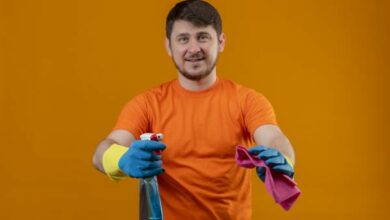Why do Teens get hurt and cut and upload photos on Instagram?

Injury or injury is a common occurrence among teens. The goal is not so much to feel pain as to “put an end to negative emotions that they do not know how to control,” according to experts. Show your pain, show your crying in an explicit way. They do not want to commit suicide; they just want to convey that they are wrong, that they suffer. How do the other young people react when they see these images? Does it produce rejection, empathy or denounce the damage? A subject that aroused the curiosity of researchers from the University of Ulm (Germany) and thus decided to study why the photos that hang the adolescents in which they show cuts or wounds, in the different social networks, are shared with speed and are highly commented.
The study, published in Psychological Medicine, consisted of the analysis of thousands of photos, but not only recording the severity of its content but also evaluating the gender and age of the sender and valuing the comments from an empathetic point of view. Support or protection against abuse.
The authors went on to analyze 32,000 photos published in April 2016 with the hashtag #ritzen (cut), most used on Instagram in Germany and the like. “Most of the content showed minor or minor injuries,” the scientists said in a statement. “And most showed injuries, like cuts.” Many, much of the commentary was compassionate and supportive rather than a claim that such images were abusive. “The more painful and severe the wound was, the more comments it generated. Most of the young people hang these in the evening and on Sundays. ”
“Social networks play a vital role today in the lives of adolescents and their self-esteem, so it was crucial to find out how they communicated when transmitting their emotional and emotional state,” the authors continue.
Social imitation?
“We know that imitation plays a fundamental role among young people and especially among those who self-harm. Although the study has not demonstrated this effect, we can deduce that there are clear indications that there are amplification effects on the users’ social network reaction when the injuries are serious, “they argue.
Thanks to this study, “we know for the first time that the prevalence of these images that include lesions exists and is a reality in social networks, such as Instagram, in regions of Germany,” they continue.
The owners of the social network should be aware of their responsibility and counter-attack this type of content. At the moment, something is doing. For example, when you use the hashtag #ritzen, you miss a message that offers you professional help. “




